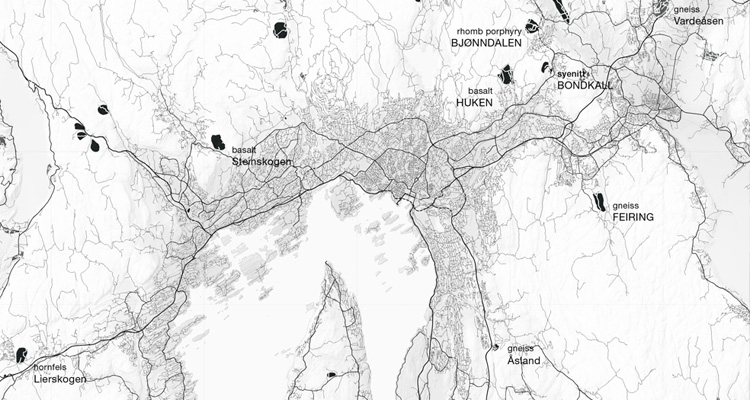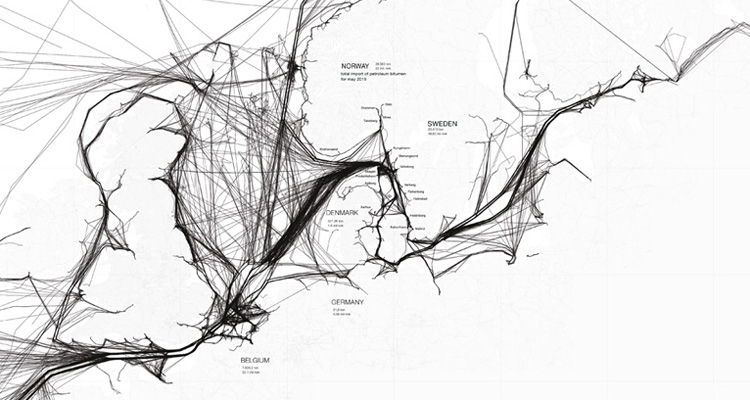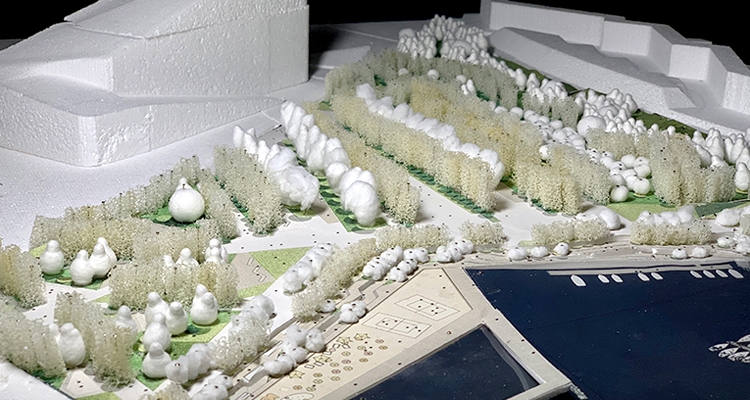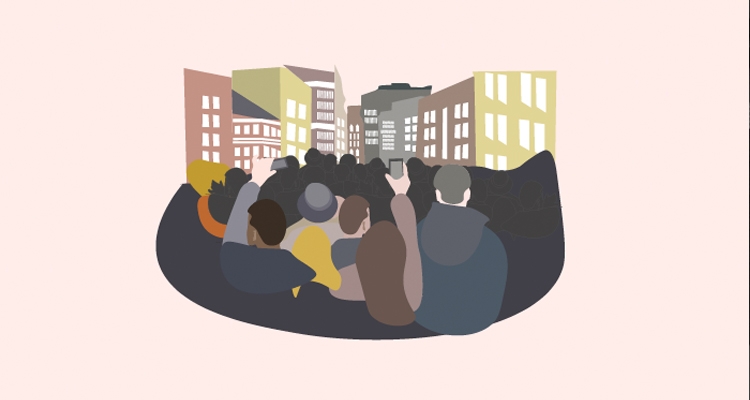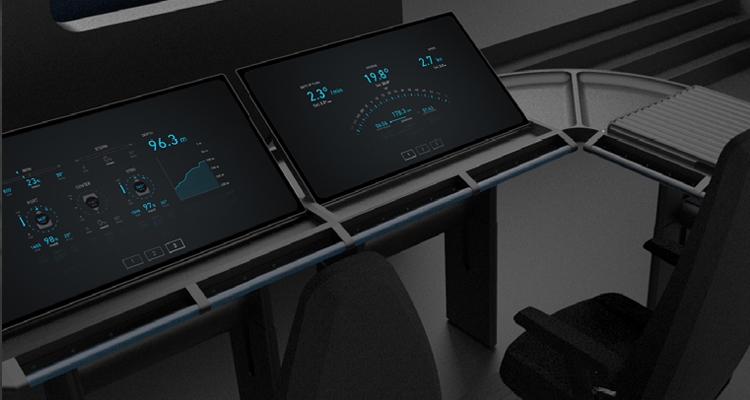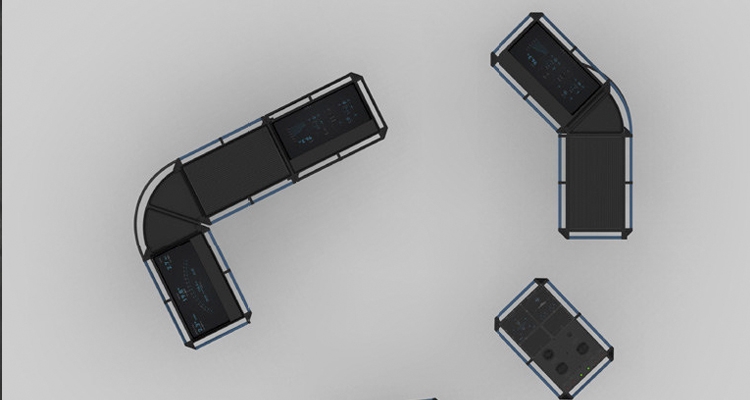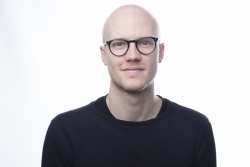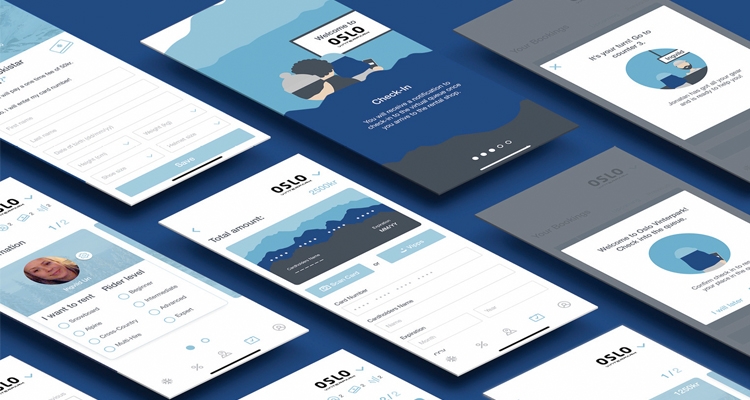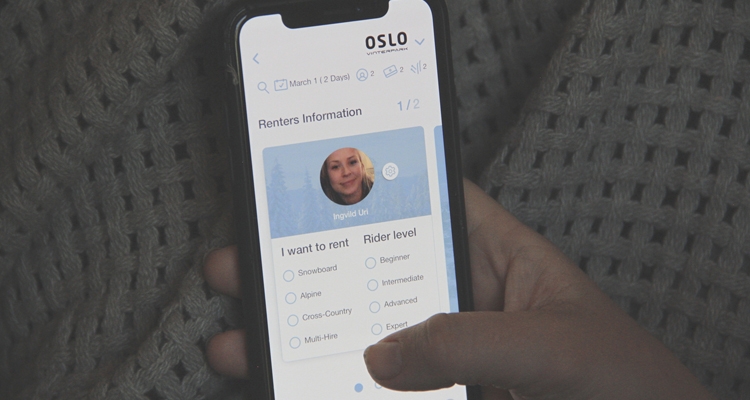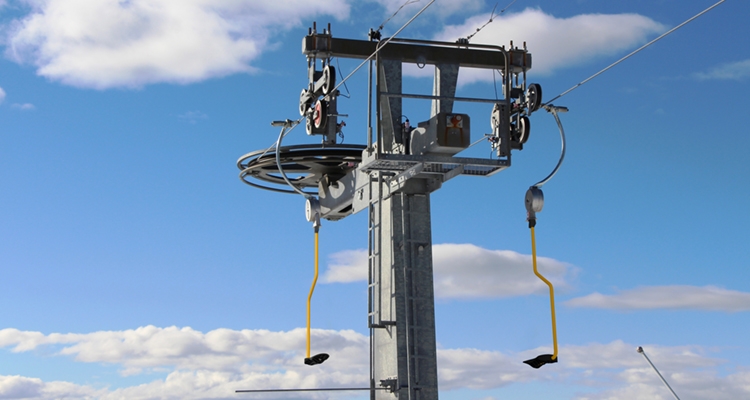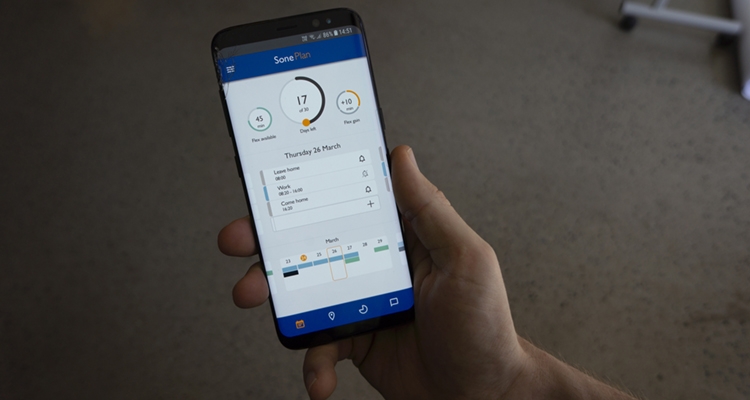The topic of this project is asphalt; Oslo is the study case. Observing the city’s paved surfaces, asphalt is ubiquous. Distinct of the city’s image, but an exception to the common idea, asphalt appears on sidewalks.
This project does not attempt to modify the landscape it describes but explores questions of representation and divergent readings of a single material. It sees asphalt as the common ground, relates it to practices of national international importance, and reveals asphalt as a geomorphic agent that shaped the latest artefact of city’s surface.
This project does not attempt to modify the landscape it describes but explores questions of representation and divergent readings of a single material. It sees asphalt as the common ground, relates it to practices of national international importance, and reveals asphalt as a geomorphic agent that shaped the latest artefact of city’s surface.
